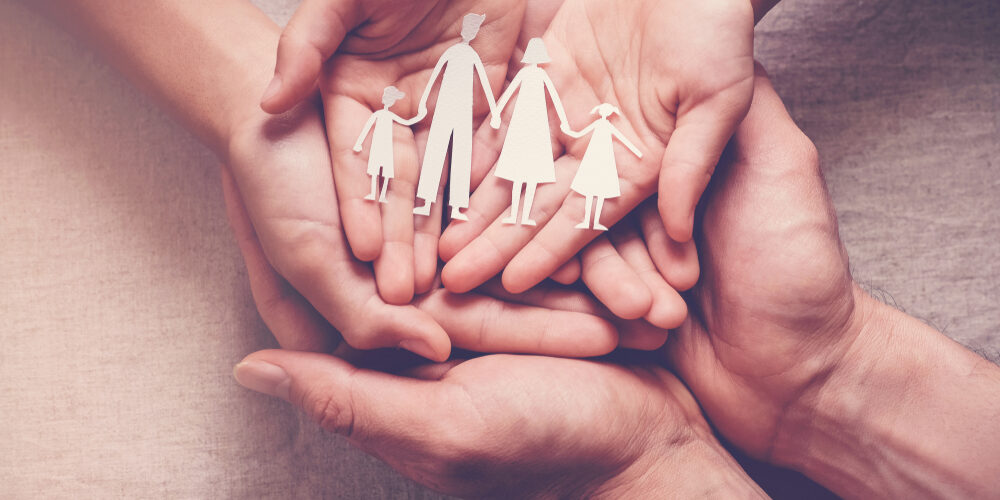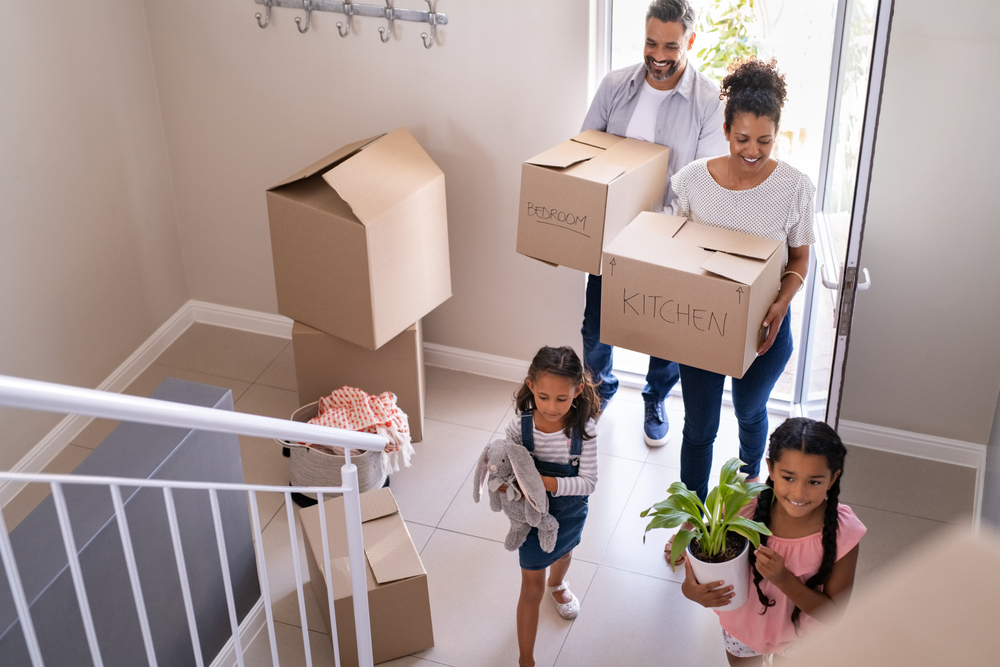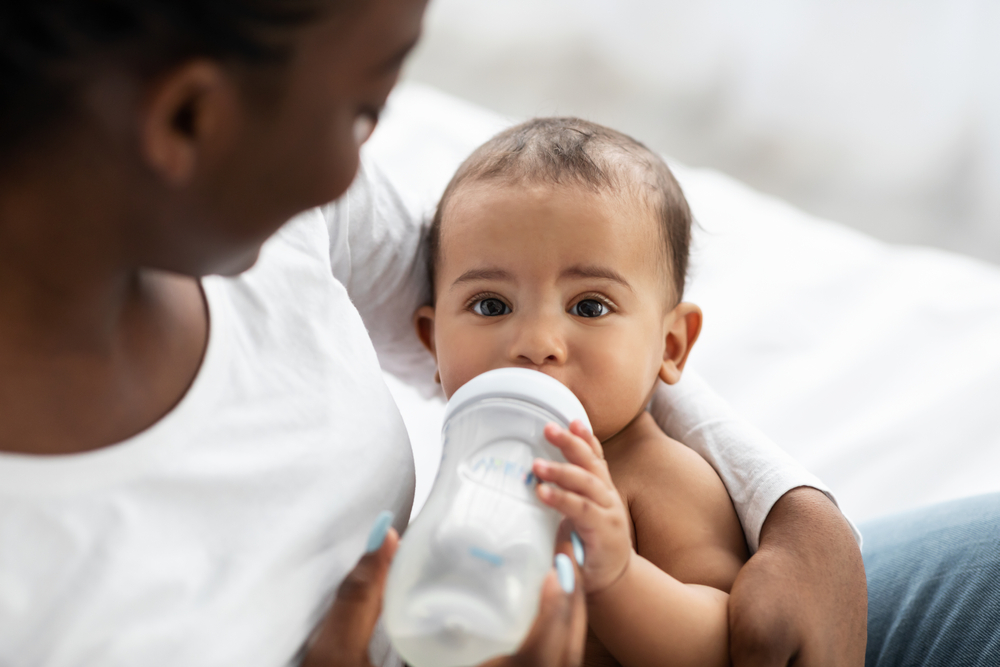Then keep reading, as these public assistance programs could be just what the doctor ordered, as they can help you with food, housing, and even cash.
If you’ve done a Google search for “Do I qualify for govt assistance?” or “govt handout” in the past year, you are not alone, as many others have done the same. Why? Because the pandemic, inflation, and worldwide chaos have put many in a financial bind as they try to balance increased costs with stagnant or decreased income.
Speaking of income, what can you do if yours is as low as it’s ever been compared to your expenses? You could ask friends or family for help. You could also apply for a personal loan to pay your bills, buy food, etc. What’s the problem with those solutions to your financial issues? You may not have friends or family that can help since they probably have issues of their own. Or you may not qualify for a loan or simply would prefer not to go into deeper debt.
What does that leave you with? Depending on your income (you can’t make too much money to qualify in most cases), you could apply for the following federal or state benefits that can fill your fridge, keep a roof over your head, and replenish your bank account if it’s been empty for a while.
Table Of Contents
- Food Public Assistance Programs
- Public Assistance Programs For Housing
- TANF Cash Assistance
- Other Public Assistance Programs
Food Public Assistance Programs
One of the main reasons why someone may have searched for “Do I qualify for govt assistance?” recently is an empty fridge. Food costs have skyrocketed, leaving many with sticker shock when they go to check out at the grocery store. What can reduce that sticker shock? Applying for the following food assistance programs that can give you funds to use when checking out at the store.
Supplemental Nutrition Assistance Program
If you have heard of food stamps or SNAP, those are other terms used to describe the Supplemental Nutrition Assistance Program. Although you apply for SNAP through a local office where your eligibility is determined, food stamps are not considered state benefits since the federal government funds SNAP. And even though there is plenty of funding behind this popular public assistance program, most people who need such food help never apply. Why? Because they think it’s too hard to apply for the program or they believe they won’t qualify.
Click this link, and you can see if you are eligible for SNAP. It will ask you a few questions about your current financial situation to pre-screen you for benefits. Since SNAP is based on financial need, you will need to meet specific income requirements for your area. If your income exceeds those requirements, you probably will not be eligible.
As for what benefits SNAP can provide, it helps you buy food for your household, such as fruits and vegetables, meat, fish, poultry, dairy products, cereal, bread, snacks, and non-alcoholic beverages. You can’t use food stamps to buy liquor, pet food, hot foods that can be eaten where they’re purchased, or supplements. You can make your purchases using an EBT card that gets loaded with funds each month. The larger your family size, the more money you can get to buy your grocery essentials. And if you were wondering, yes, you can qualify for SNAP as a single person living alone. And you can also get it if you are unemployed.
While having an EBT card to help you buy groceries is great, here is another reason to apply for SNAP benefits: That same EBT card can get you discounts from local businesses, plus family entertainment venues like zoos and museums. And if you like to use Amazon.com to make purchases, your EBT card can also get you a discount on Prime membership.
Special Supplemental Nutrition Program for Women, Infants, and Children (WIC)
What’s one of the demographics that searches Google for “Do I qualify for govt assistance?” or “govt handout” the most? Women, especially those who are pregnant or have young children. Why? Because they may find themselves struggling financially if they are trying to raise children on a single income, and that’s where a public assistance program like WIC can save the day.
As you can tell by its formal name, the Special Supplemental Nutrition Program for Women, Infants, and Children (WIC) helps ensure that a particular subset of the population stays fed. WIC provides pregnant, postpartum, or breastfeeding women plus children up to age five with such essentials as dairy products, juice, fruits, vegetables, peanut butter, canned fish, infant formula, etc.
Like SNAP, you can get WIC funds loaded onto an EBT card that can be swiped at the store. But you can also get your WIC foods via distribution sites or home delivery.
WIC is available in all 50 states. Its funds are not state benefits, though, as the federal government provides them. How can you tell if you are eligible for this public assistance program that has been around since 1974? By going here and using the WIC PreScreening Tool. It will present you with an online questionnaire that takes about 15 minutes to complete. If you find that you could qualify, you can then take the next step to apply for WIC by contacting your local agency.
Since WIC provides food benefits, you may be wondering if receiving assistance from the program can disqualify you from SNAP. The answer is no, as you can receive WIC and SNAP benefits simultaneously. And if you want to apply for other government assistance programs, you can probably combine those benefits with WIC.
National School Lunch And Breakfast Programs (NSLBP)
Getting SNAP and WIC are just a couple of ways to ensure your fridge stays full and your family stays fed. But there are more public assistance programs that offer food help, especially if you have kids that are currently in school.
The National School Lunch and Breakfast Programs, or NSLBP for short, make sure that your kids consume two of the most important meals of the day. If you have children in grades K-12 and qualify for these government programs, you could stop worrying so much about what to make for breakfast or lunch, as your kids can have those meals covered at school.
Depending on your income, the breakfasts and lunches could be free or priced at a very low cost, made to fit your budget. And if you already receive food stamps or benefits from other public assistance programs, that could automatically qualify your kids for the NSLBP.
Public Assistance Programs For Housing
The multiple food assistance programs above cover your family’s primary nutrition needs.
But what about safety? That’s what these housing assistance programs can offer. Best of all, they were designed to help low-income households with limited budgets.
While some feel that public assistance programs involve those that give you cash or similar benefits, the following essentially do the same since they can pay part of your rent and cut one of your most significant costs. That is why we included them in this guide.
Public Housing
Finding affordable housing can be quite a chore, especially considering how rents have risen across the country. That’s where your local Public Housing Authority (or Agency) can save the day, as its office can be loaded with expert counselors waiting to offer free housing assistance. With over 3,000 PHAs from coast to coast, you are bound to find an office near you. And since they manage a million-plus public housing units, you are bound to find a budget-friendly place too.
Public housing is property owned by the government. It’s not all cramped apartments in massive buildings, either, as you can find public housing to suit your limited income in single-family homes, high-rises, and the like.
Housing Choice Voucher Program
Whether you call it by its formal name of the Housing Choice Voucher Program, or prefer to use the old moniker of Section 8 doesn’t matter. What matters is that this federal rent assistance program limits how much you have to pay your landlord (just 30 percent of your income) each month so you can keep more cash where it belongs – in your pocket.
You can apply for a Section 8 voucher through your Public Housing Agency. And as with public housing, this program can land you a single-family home, apartment, or unit in a townhome that fits your family’s needs.
Subsidized Housing
Public housing puts you in an affordable place to live, but what if you prefer something different and don’t want to live in government-owned property? If that’s the case, subsidized housing may be your cup of tea.
Subsidized housing gives you more freedom to choose where you want to live. How it works is simple: You find a unit that you like and a landlord that will accept you. Then the government will chip in and provide part of your rent to your landlord.
You can learn more about this setup through your PHA and find subsidized housing with this tool.
Affordable Rural Housing
The U.S. Department of Agriculture (USDA) is another route for affordable housing from the government. It has public assistance programs that can subsidize your rent and let you pick between a small studio or a large, four-bedroom property. With over 10,000 complexes subsidized by the USDA in rural areas from coast to coast, your chances for cutting your rent costs and living in a peaceful place are good.
Section 202 Program For Seniors
Section 8 is a public assistance program geared towards low-income households and families.
Section 202 is similar, but offers low-income housing for seniors with amenities that could suit their specific accessibility needs.
TANF Cash Assistance
Someone searching for “govt handout,” “welfare benefits for single person,” or something similar on Google may have TANF as their desired public assistance program. Why? Because TANF (Temporary Assistance for Needy Families) is welfare that provides cash help to those who need it most.
As stated by its full name, TANF is temporary help meant to get you back on your feet so you can become financially independent. The program achieves this by giving you cash assistance to pay bills, help with housing, buy clothes, and provide you with other essentials. Perhaps more importantly, TANF offers training to help you get a job to make the move toward independence.
Go here to sign up for welfare benefits through TANF.
Other Public Assistance Programs
Could you fix your finances by applying for benefits from the public assistance programs for food, housing, and cash listed above? Sure, but here is the great news: There are even more programs out there that you can apply to and cut your costs even more, such as these:
- General Assistance (GA) – Programs like TANF are usually reserved for low-income applicants with children. What about struggling adults without children, though? That’s where General Assistance can save the day, as it can provide a safety net for poor people who have trouble getting other forms of public assistance. GA often comes via state benefits, but not all areas have this type of assistance. Search Google for “General Assistance” plus your state to see if it is available where you live. If so, apply to get funds to help pay for your food, housing, clothing, etc.
- Supplemental Security Income (SSI) – People who make little to no income or who are disabled, older, or blind could get SSI. This monthly payment helps with clothing, food, and shelter, plus it opens the door for instant eligibility with other public assistance programs like SNAP.
- Affordable Connectivity Program (ACP) – Low-income households can get $30 off their monthly Internet service through this program and a one-time discount of up to $100 towards the purchase of a new desktop, laptop, or tablet.
- Low-Income Home Energy Assistance Program (LIHEAP) – Should you qualify, this program offers help with your cooling and heating costs, plus bill payment assistance and repairs/replacements for certain appliances.




